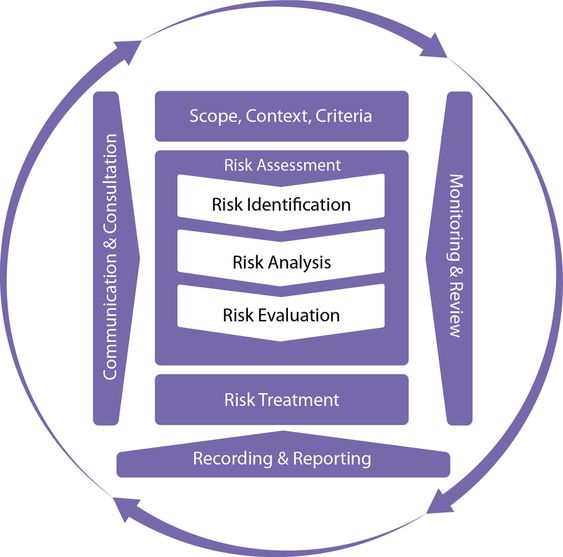Introduction
Risk management in business refers to the process of identifying, assessing, and managing potential risks that may affect a company’s objectives, assets, or operations. Effective risk management is essential for the long-term success and sustainability of any business. In this article, we will discuss the key aspects of risk management in business.
Types of Risks in Business
Businesses face various types of risks, including financial risks, operational risks, strategic risks, legal and regulatory risks, reputational risks, and environmental risks. Understanding the nature and scope of each risk is crucial for developing effective risk management strategies.
Importance of Risk Management in Business
Effective risk management helps businesses to anticipate and prepare for potential risks, minimize the impact of risks when they occur, and seize opportunities that arise from risks. Risk management also helps businesses to comply with legal and regulatory requirements, protect their reputation, and maintain stakeholder trust.
Key Elements of Risk Management in Business
The key elements of risk management in business include risk identification, risk assessment, risk prioritization, risk treatment, risk monitoring, and risk communication. Each element plays a crucial role in managing risks effectively.
Risk Management Process in Business
The risk management process in business typically involves several steps, including risk identification, risk assessment, risk prioritization, risk treatment, risk monitoring, and risk review. Businesses need to develop a structured and systematic approach to manage risks.
Risk Management Techniques in Business
There are various risk management techniques that businesses can use to manage different types of risks, including risk avoidance, risk reduction, risk sharing, risk transfer, and risk acceptance. The choice of technique depends on the nature and severity of the risk.
Risk Management Tools in Business
Risk management tools include risk registers, risk matrices, risk heat maps, risk dashboards, and risk reports. These tools help businesses to organize and analyze risk data, monitor risks, and communicate risk information to stakeholders.
Best Practices for Risk Management in Business
To ensure effective risk management, businesses need to follow best practices such as establishing a risk management policy, creating a risk management team, identifying and assessing risks, implementing risk treatments, monitoring risks, and reviewing the risk management process.
Challenges in Risk Management in Business
Effective risk management in business faces several challenges, including the complexity of risks, the lack of data, the difficulty of predicting risks, and the cost of implementing risk management strategies. To address these challenges, businesses need to continuously improve their risk management practices.
You might find these FREE courses useful
Conclusion
In conclusion, risk management is a critical function in every business, regardless of its size, industry, or location. Effective risk management requires a structured and systematic approach that involves identifying, assessing, treating, monitoring, and communicating risks. By following best practices and leveraging risk management tools and techniques, businesses can manage risks effectively and enhance their resilience and sustainability.


